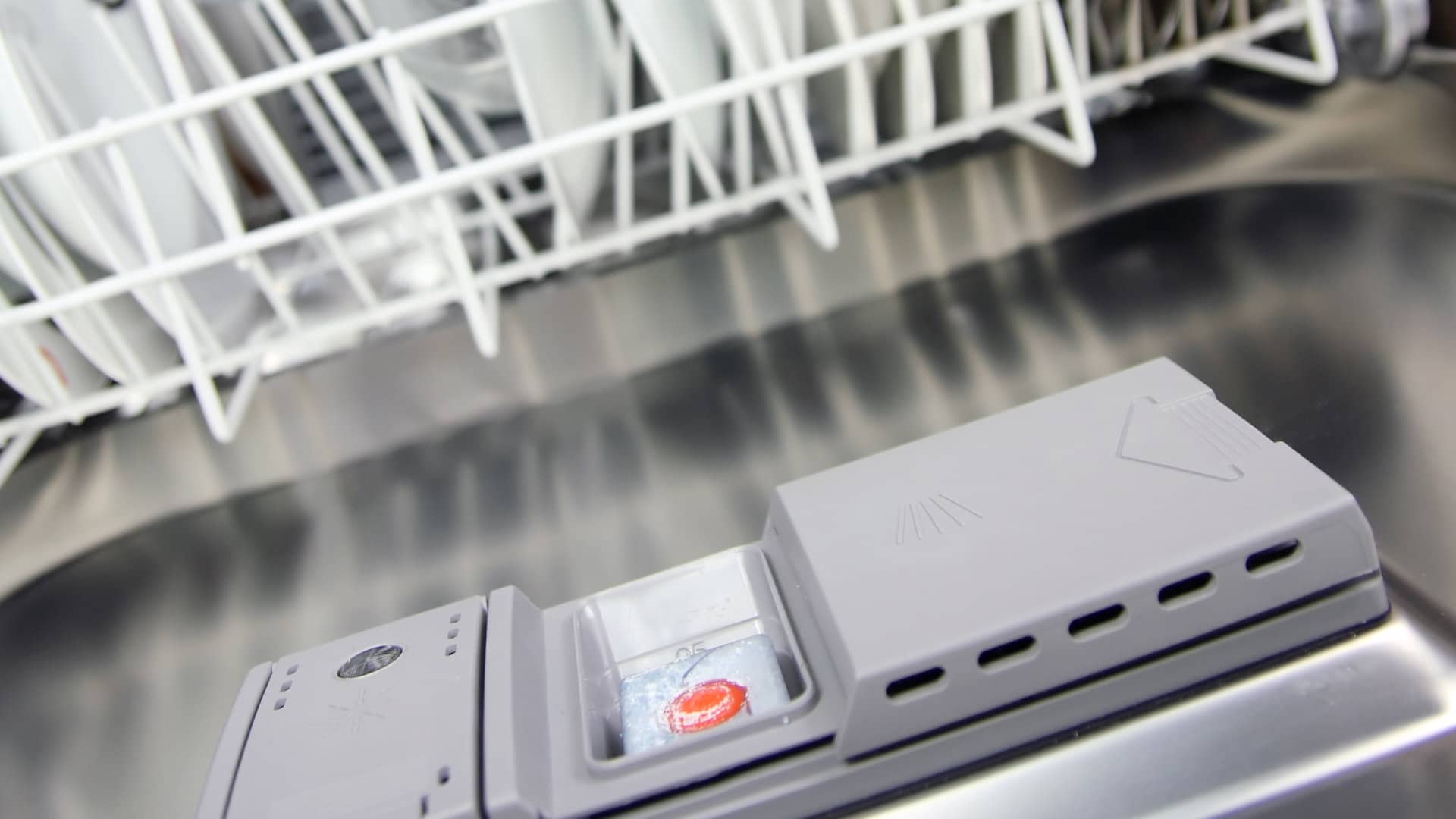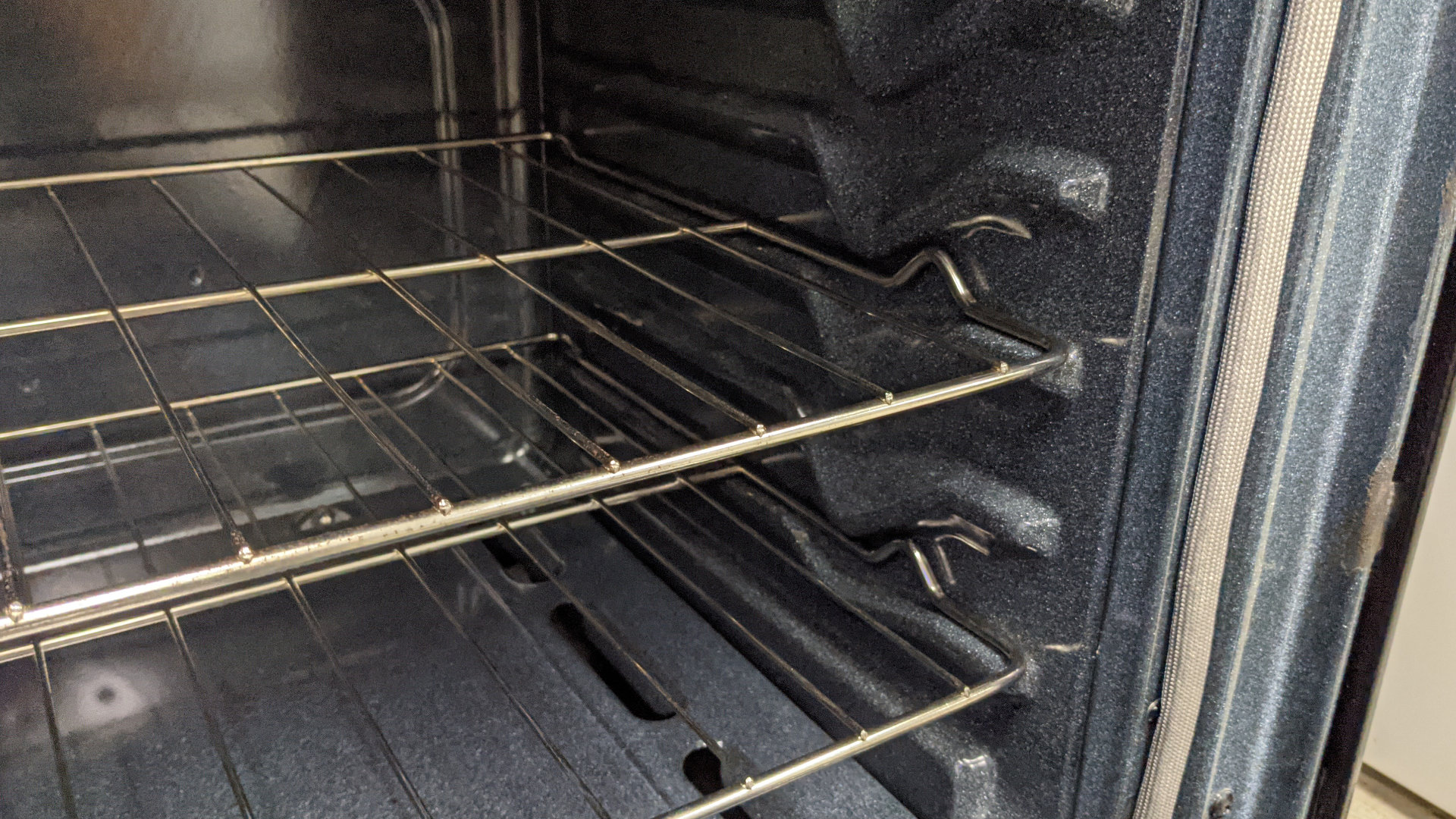
Ovens are crucial to most people’s kitchens, so if your oven isn’t working, you’ll want to fix the issue as quickly as possible. With that in mind, let’s get into it. Here are the 5 most common reasons your electric or gas oven won’t turn on.
Before performing any maintenance on the oven, make sure it’s disconnected from the power or the gas is turned off.
1. Burnt or Loose Wire Connection
With both gas and electric ovens, one of the most common reasons for an oven not turning on is a burnt or loose wire connection, usually where the element connects to its power supply wires.
With electric ovens, the point where the bake or broil power supply line connects with either element can burn out or become loose, which stops the element from heating. With gas ovens, the igniter or electrode power supply wire connection to the igniter or electrode can burn out or become loose and stop the gas from igniting to heat the oven.
A burnt-out wire connection is typically caused by the heat from the bake or broil element, the igniter, or the electrode. You should be able to locate and check the wires on the back wall of the oven. If a power supply wire appears burnt, especially where it connects with the element, it most likely needs to be replaced.
Similarly, to determine if the wire connection is loose, you can pull gently on the element and power supply wire to determine if a loose connection is causing the oven not to work. If the wire is loose, you may be able to repair it, but in most cases, the wire and potentially the element need to be replaced.
Depending on the type of oven, you may need to unscrew the junction box on the back oven wall that houses the element and power supply wire connection. Alternatively, the oven’s rear panel may need to be removed to gain access to the wires behind the oven cavity’s back wall.
The bake or broil elements can also be checked for damage that indicates they need to be replaced. If any blistering or separation on an element that isn’t heating is found, it most likely needs to be replaced. The elements can also be removed from the oven and tested with a multimeter for continuity. If an element doesn’t have continuity—a continuous electrical path—the element is defective and must be replaced.
2. Defective Thermostat or Sensor
Most electric and some gas ovens have a thermostat and sensing bulb assembly to control the oven temperature. However, some electric ovens may have an electronic control board that works with an oven sensor to regulate the temperature.
When the oven reaches its desired temperature, the thermostat or sensor shuts off the voltage to stop the element, igniter, or electrode from overheating the oven. When the oven temperature dips, voltage is reapplied to maintain the desired temperature. If the thermostat or a sensor is defective, it can cause the oven not to heat.
With an electric oven, the temperature sensor may be located on the back wall of the oven. But in most cases, the oven’s rear panel needs to be removed to locate the sensor. Locating the thermostat also requires removing the oven’s rear panel.
With a gas oven, the temperature sensor is often located in a corner on the back wall of the oven. The temperature sensor looks like a thin tube, with typically two screws that secure it to the oven wall.
The sensor should be tested with a multimeter for ohms of resistance to determine if it has failed and needs to be replaced. Most oven temperature sensors should show close to 1100 ohms of resistance (1080–1120) at room temperature if they’re working correctly. The oven’s thermostat should also be tested with a multimeter for continuity to determine if it has failed and needs to be replaced.
3. Incoming Power Problem
Most electric ovens require 240 volts of alternating current to power the oven. The 240 volts is divided into two legs of voltage, 120 volts each. If the oven doesn’t receive the required voltage, it won’t turn on.
A tripped breaker or blown fuse is often responsible for the oven not receiving enough voltage. Before performing any maintenance on the oven, you should first check that a fuse hasn’t blown or a breaker hasn’t been tripped.
A multimeter can also be used to test the socket that the oven plugs into to determine if it’s supplying enough voltage. Each leg should be supplying close to 120 volts or 240 volts in total.
4. Defective Igniter or Spark Electrode (Gas Ovens)
A gas oven’s igniter or spark electrode requires an electric current to heat the oven. If the igniter or spark electrode is defective, there might not be enough current to heat the oven. The igniter is typically located underneath the bottom oven panel inside the oven cavity. With most gas ovens, the panel can be removed by unthreading its screws and releasing it from the retaining lip.
After you’ve located the igniter, it should be checked to see if it glows and if the gas ignites. If a gas oven igniter doesn’t glow when trying to ignite the gas, the igniter should be tested for continuity with a multimeter to determine if there’s a continuous electrical path. If the igniter doesn’t have continuity, it needs to be replaced. If the igniter glows but doesn’t ignite the burner after 90 seconds, the igniter most likely needs to be replaced.
5. Blown Thermal Fuse
Some ovens have a thermal fuse, which is a safety feature that shuts off the oven if it becomes too hot. If a thermal fuse blows, it can’t be reset and needs to be replaced.
Not all ovens have thermal fuses. Also, they can be located in various places, so you might need to consult your oven’s manual to determine if your oven has one and where it is. If you can’t see the thermal fuse on the back wall of the oven, you’ll most likely need to remove the oven’s rear panel to locate the fuse.
After removing the thermal fuse, it should be tested with a multimeter for continuity to determine if it has blown.

How to Fix a Microwave Door That Is Loose or Broken

How to Clean a Smelly Refrigerator Quickly
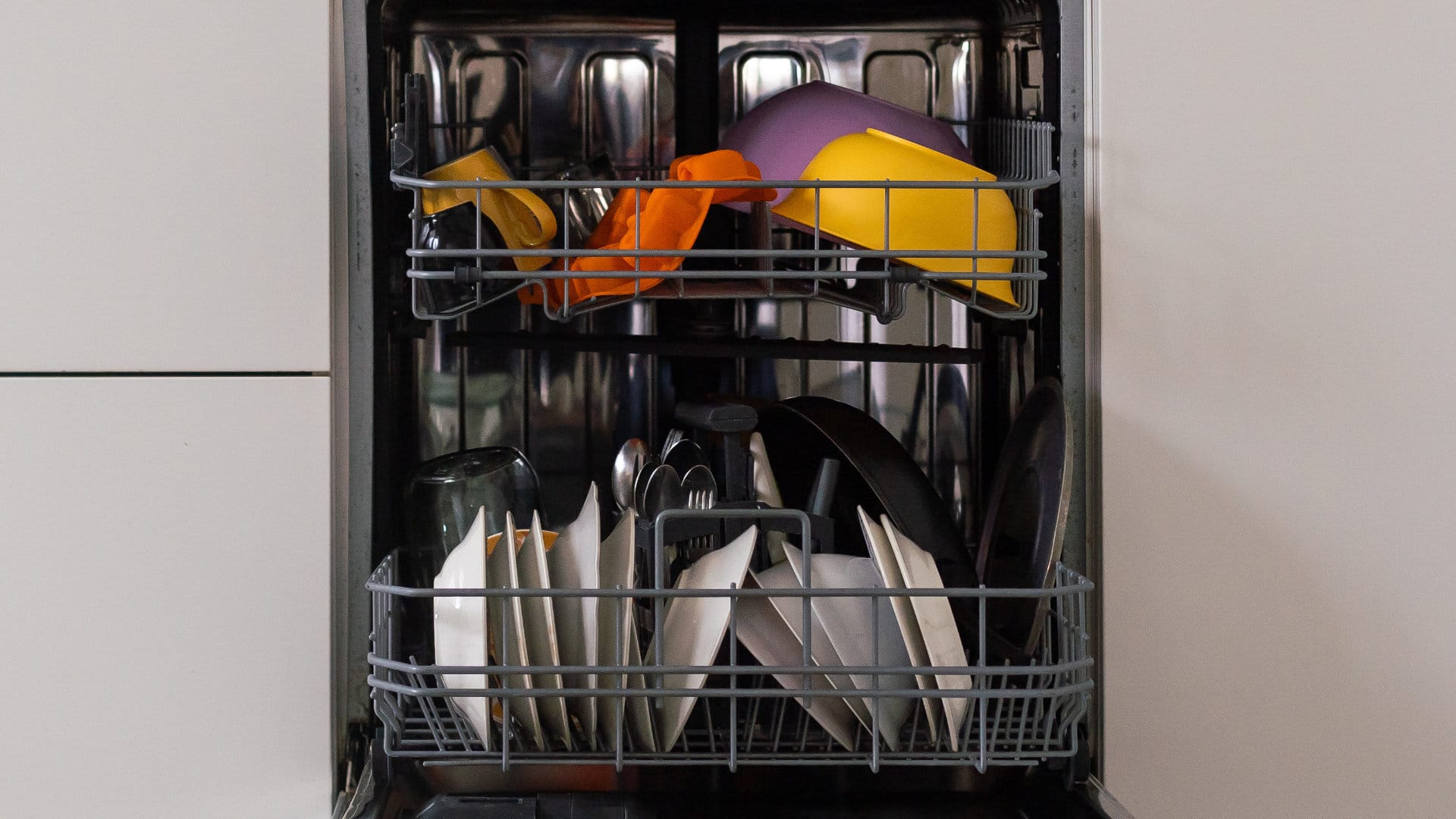
Troubleshooting LG Dishwasher OE Error Code: Causes and Solutions
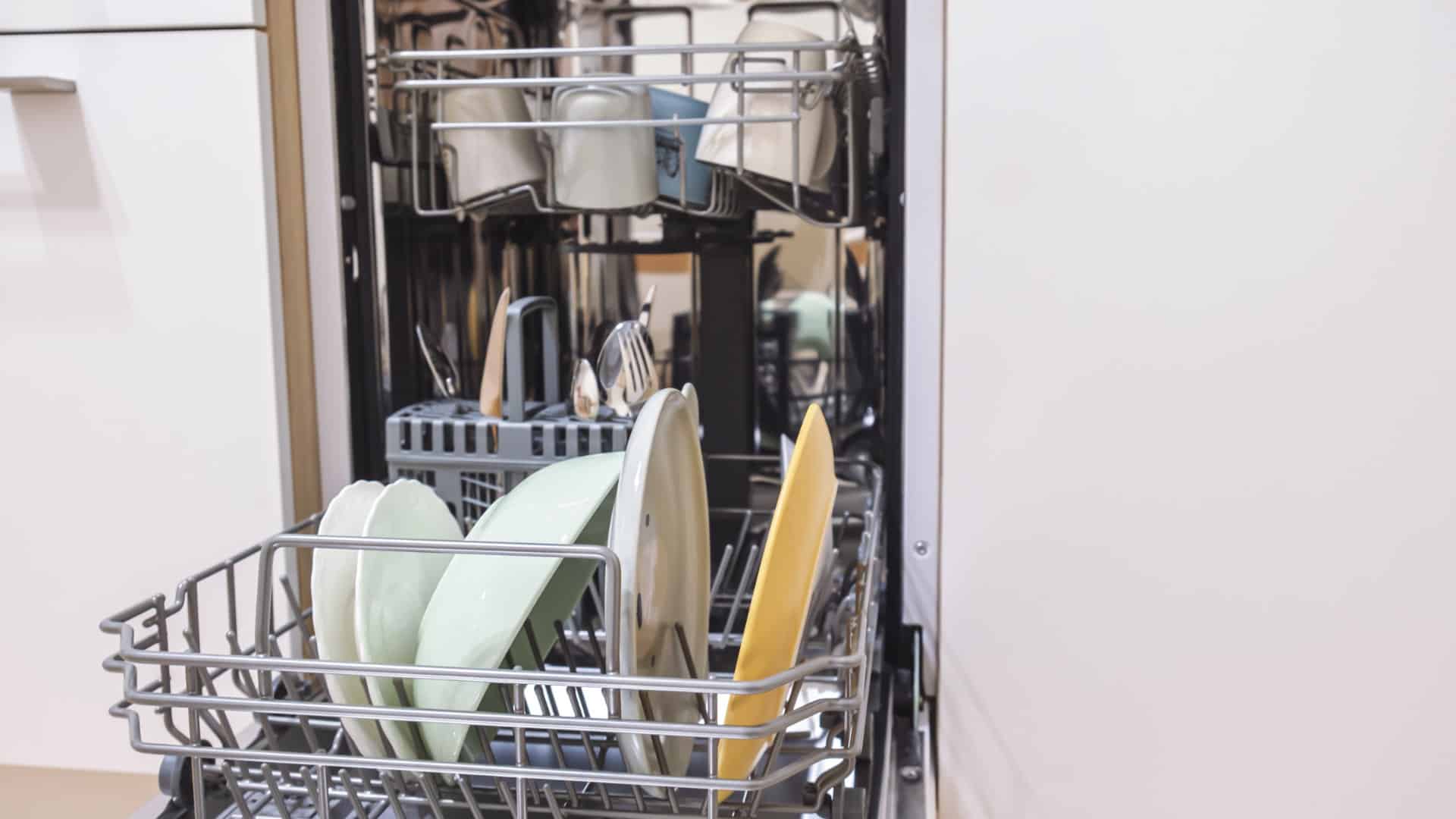
How to Fix an Amana Dishwasher Not Drying

How to Dry Bedsheets in the Dryer
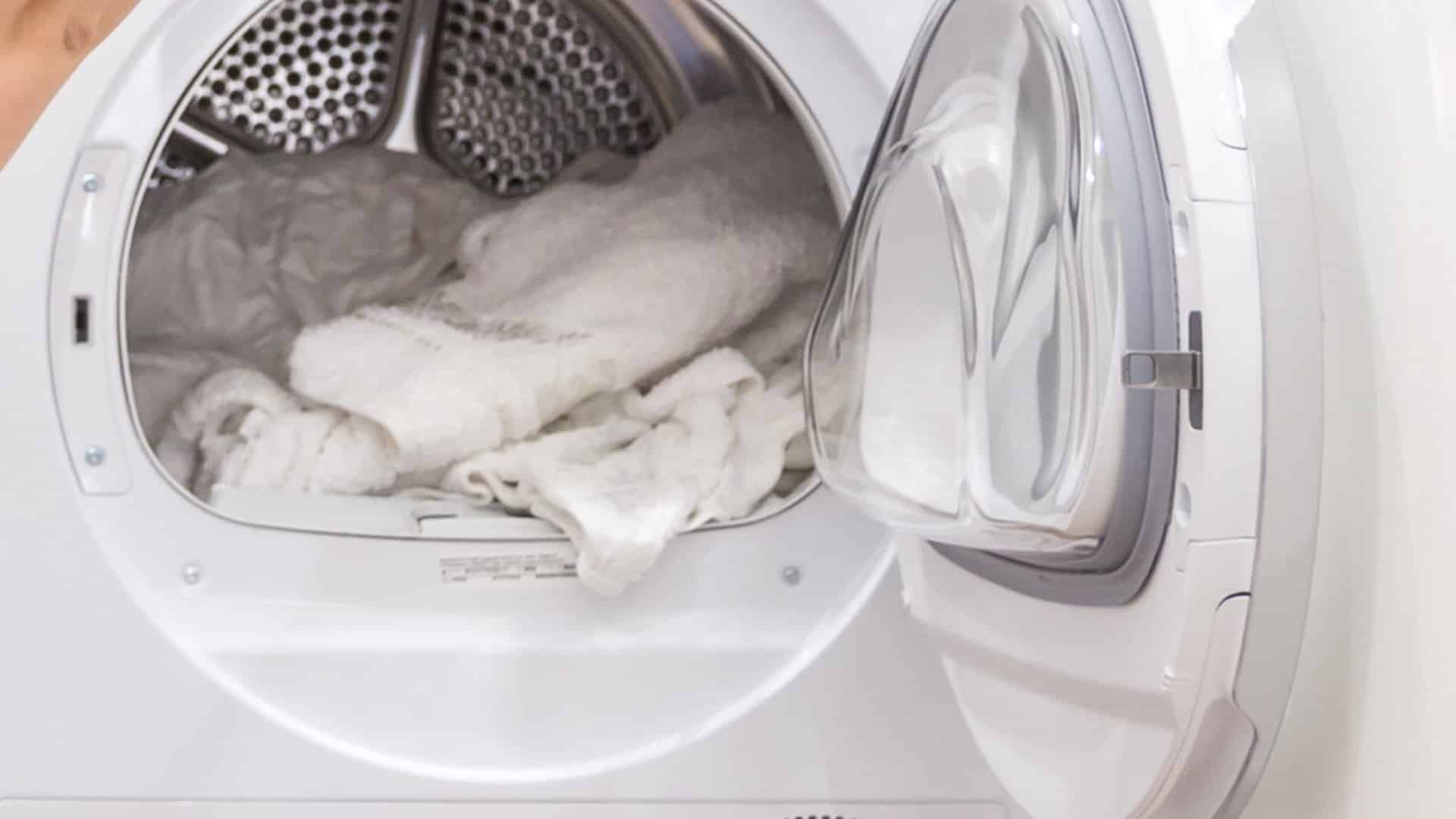
Dryer Won’t Start? Common Reasons And Solutions
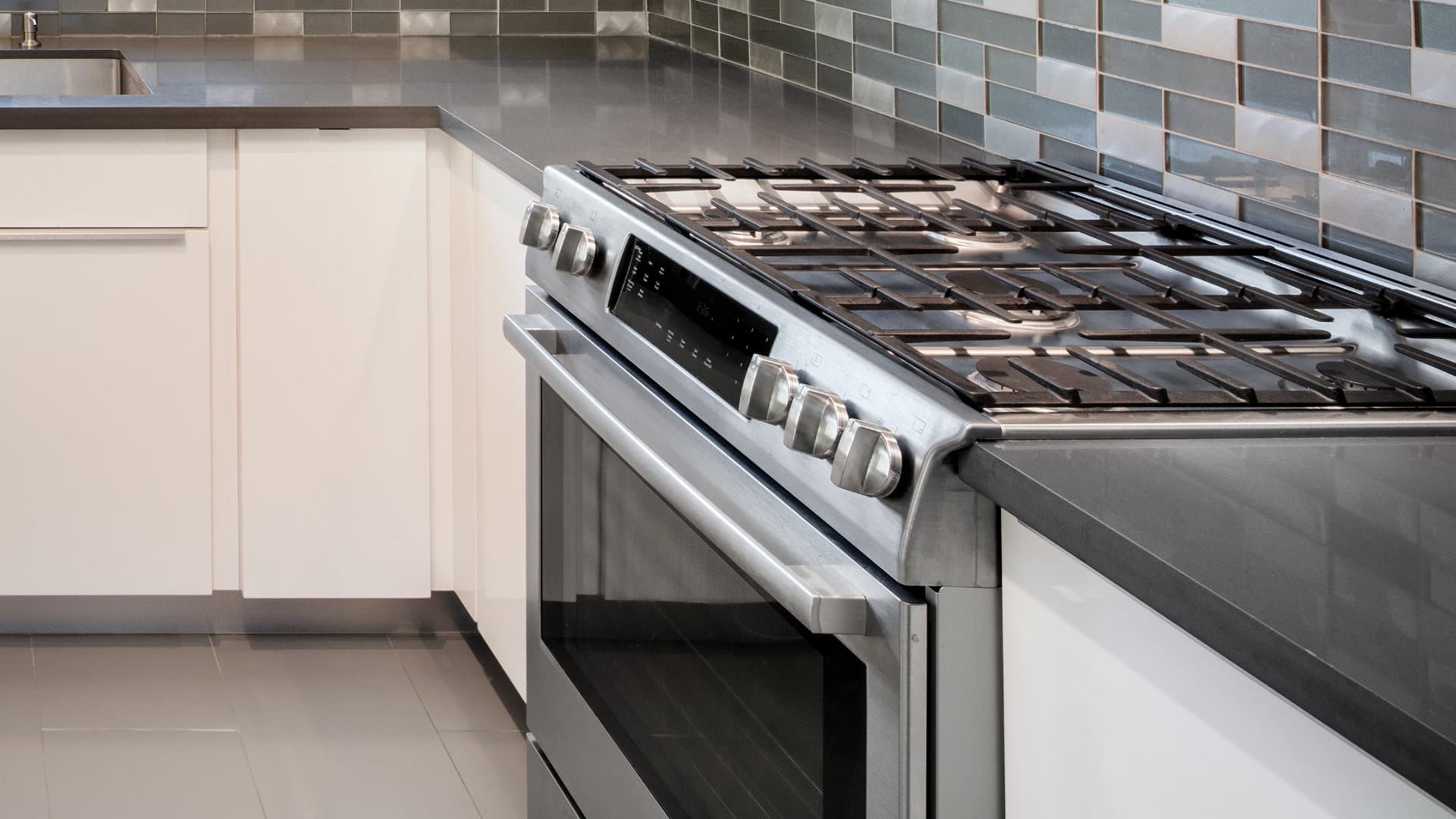
5 Dangers of Self-Cleaning Ovens

How to Replace a Washing Machine Faucet

LG Washer Error Code UE Explained

How To Wash Shoes in The Washing Machine
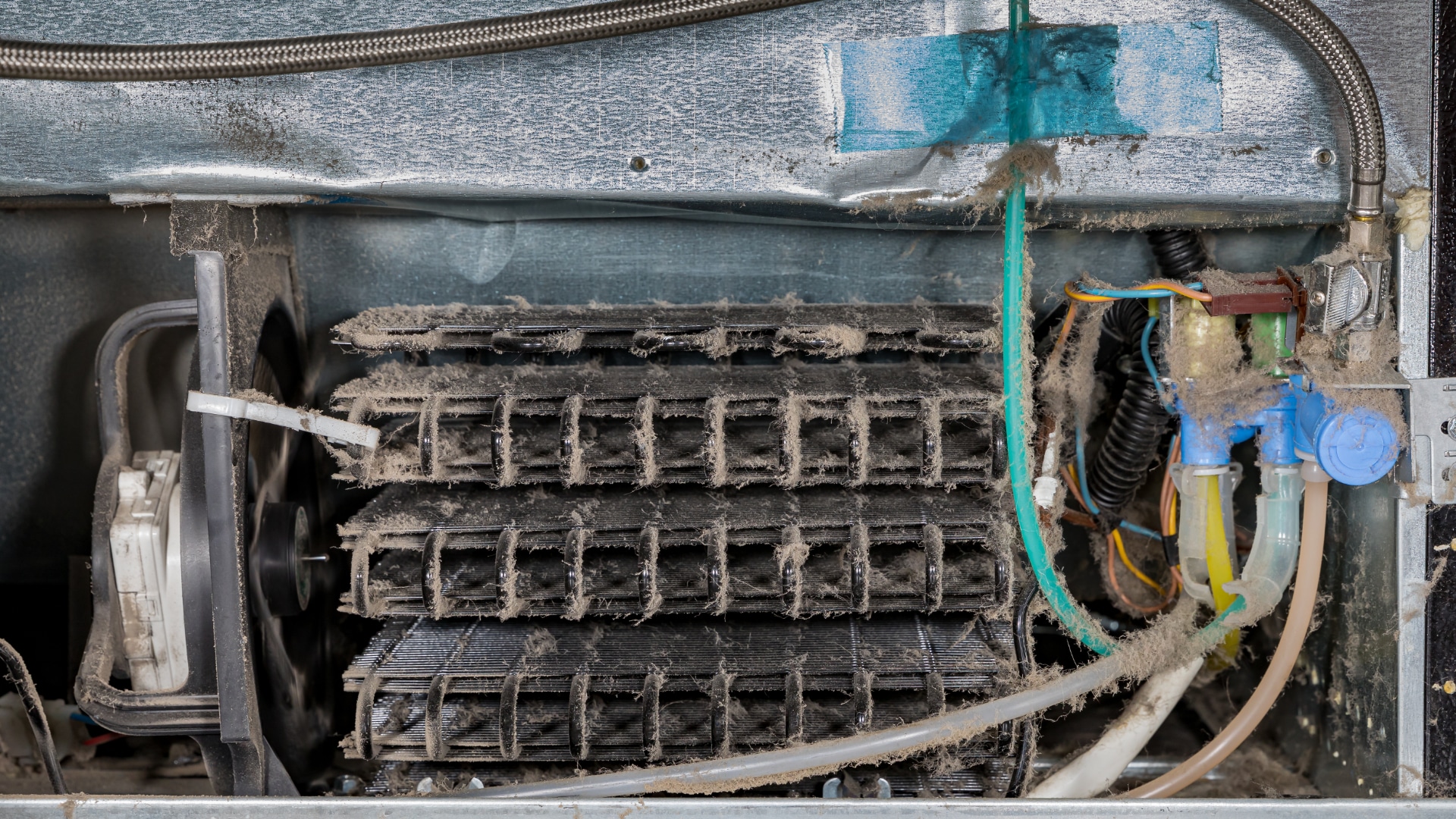
How To Clean Refrigerator Coils

LG Ice Maker Tray Not Turning? How To Fix It
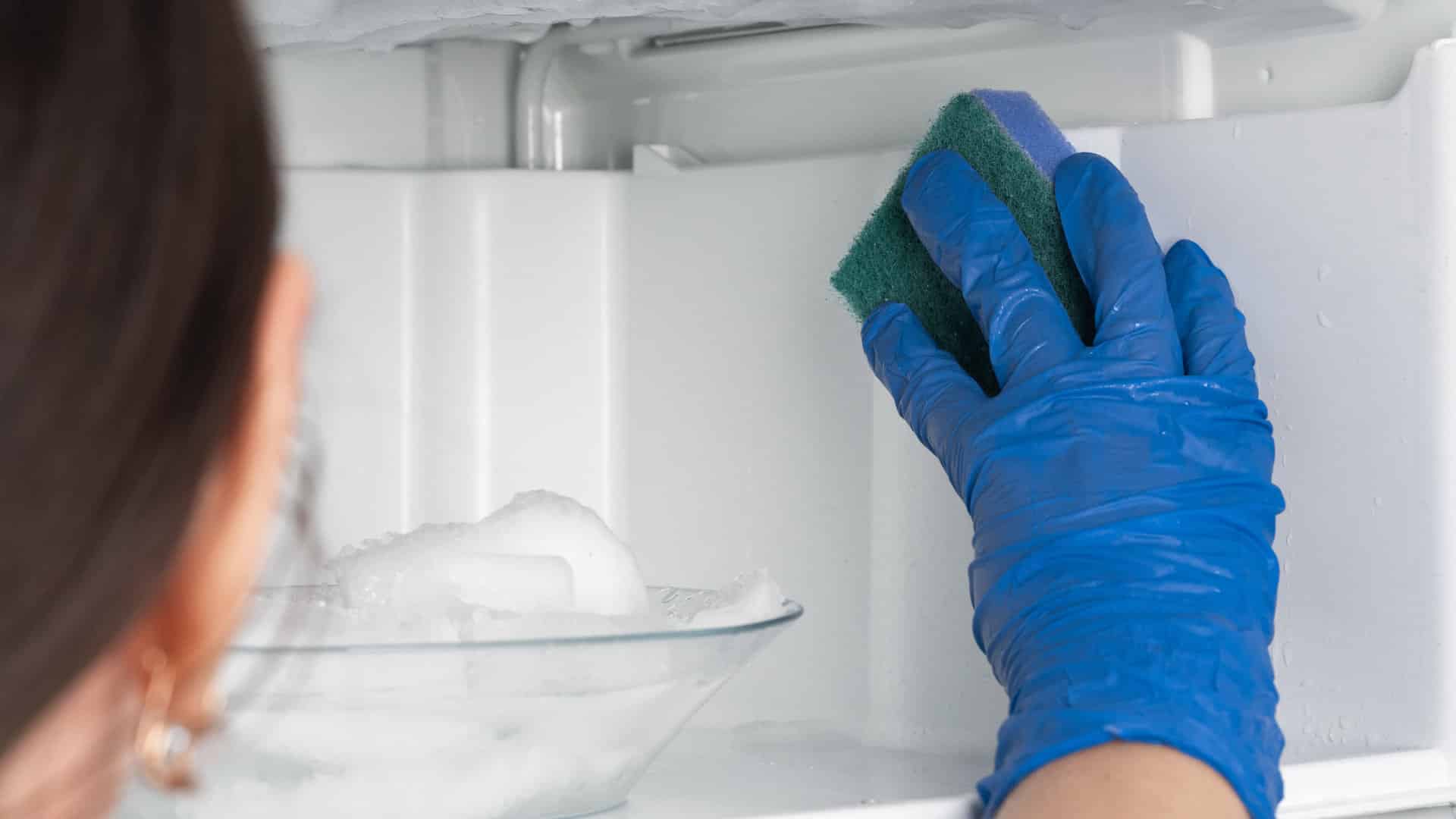
How To Clean a Freezer (in 5 Steps)

Samsung Washer Error Code SC: How To Fix It
